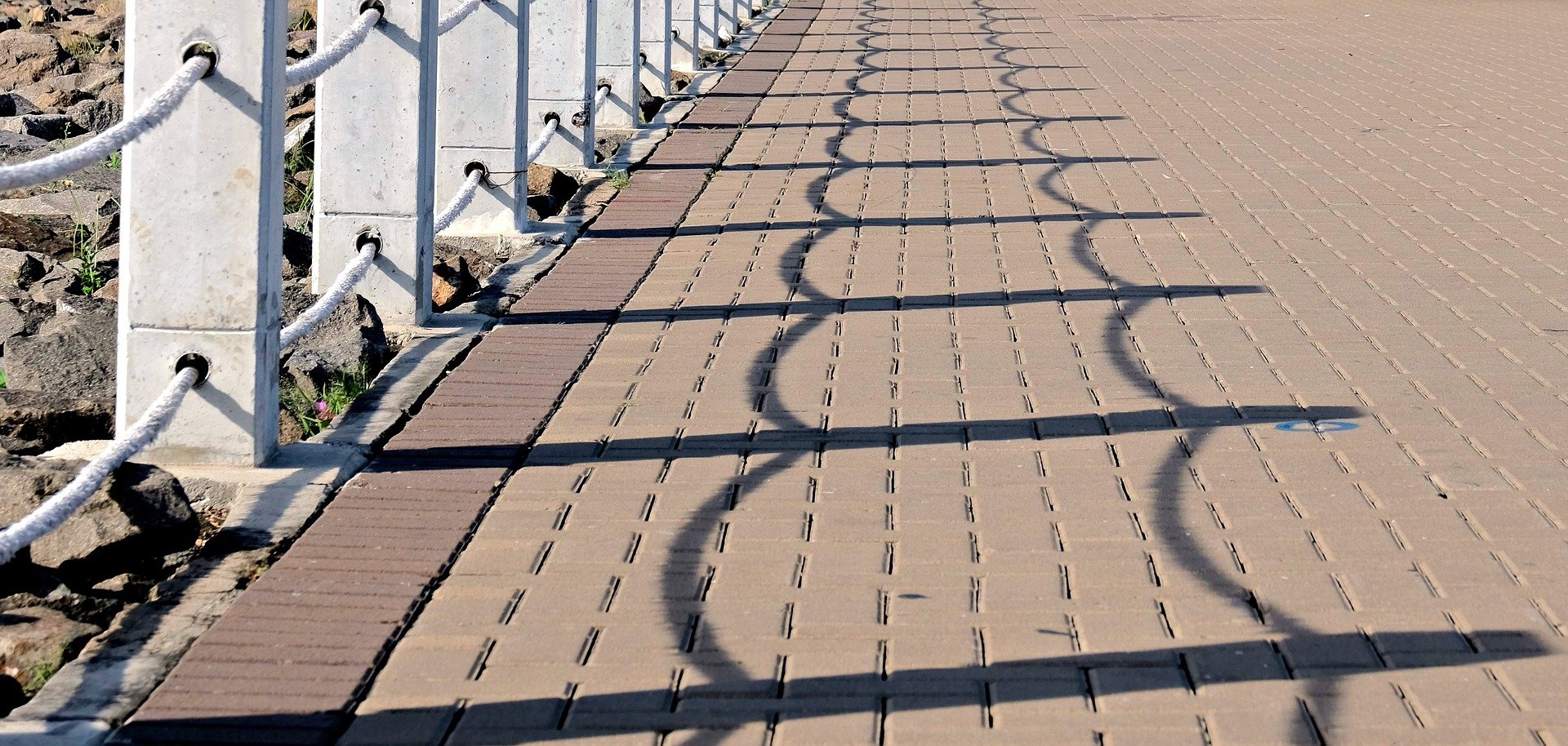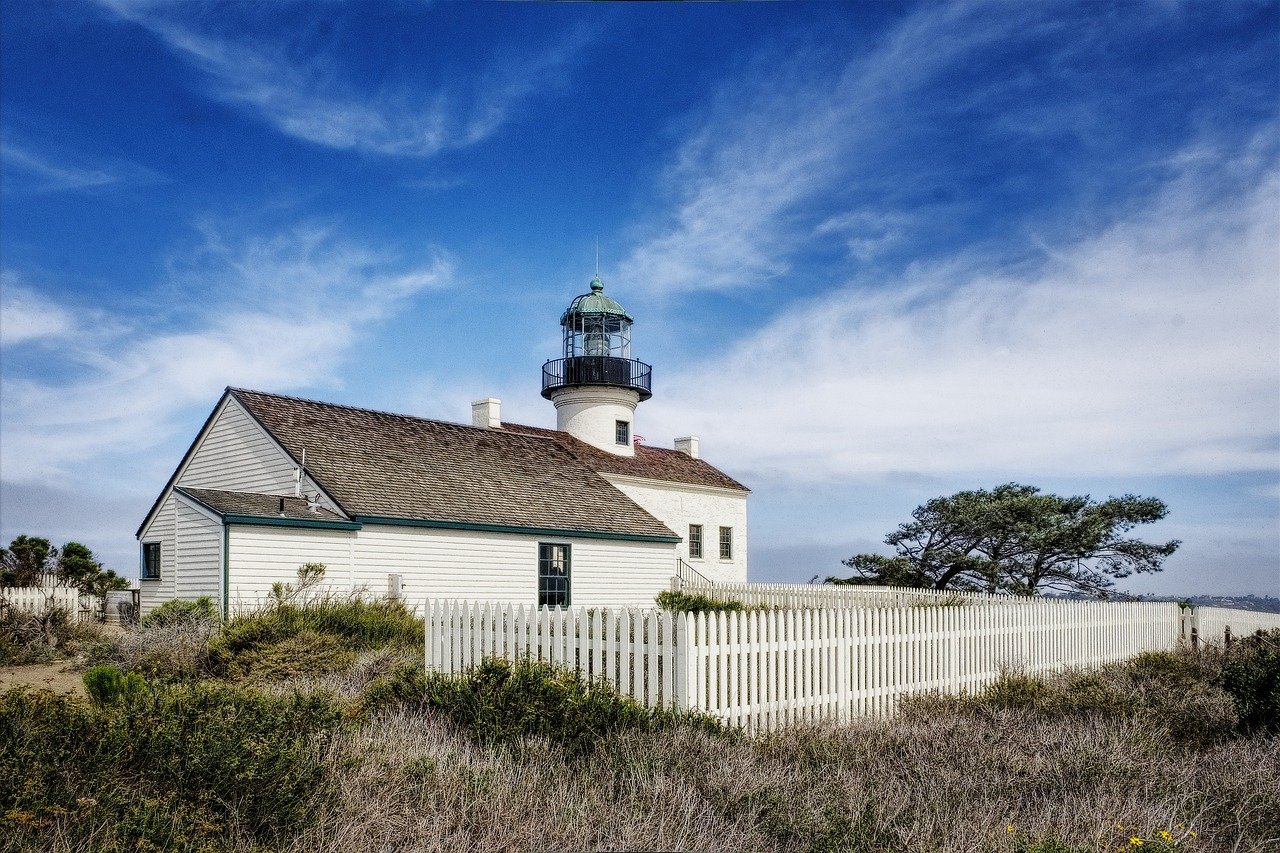How Much Concrete to Use per Fence Post
Wondering how much concrete to use per fence post? Discover the right calculations, tips for mixing, and installation advice to ensure a strong, long-lasting fence post every time.
When it comes to installing fence posts, one of the most common questions is, “How much concrete do I need per post?” You don’t want to go overboard and waste materials, but you also don’t want to skimp and end up with a wobbly fence. Striking the perfect balance can be tricky, but with the right know-how, you’ll get it right the first time. This guide, How Much Concrete to Use per Fence Post, will walk you through the process step-by-step, so you can build a rock-solid fence that lasts for years.
Why Concrete Matters for Fence Posts
Using concrete to set fence posts isn’t just for show—it’s the secret sauce that keeps your fence standing tall. A fence post without enough support is like a house built on sand—it won’t take long before it starts leaning, wobbling, or even toppling over. Concrete anchors the post in the ground, providing stability against wind, weather, and even the occasional backyard soccer game.
How Much Concrete to Use per Fence Post: Basic Formula
The amount of concrete you need depends on three key factors: the size of the post, the depth of the hole, and the type of soil you’re working with. But no worries—there’s a basic formula that simplifies the math:
Rule of Thumb: Use 1 bag of 50-pound concrete mix for every 4x4 post in a standard 2-foot deep hole.
Calculation Shortcut: Measure the diameter of the hole, square it, multiply by the depth, and divide by 24. This will give you the total cubic feet of concrete needed per post.
Setting fence posts or structural supports requires careful planning, and knowing how much concrete mix to use is essential for stability. A good rule of thumb is to use one 50-pound bag of concrete mix for every 4x4 post placed in a standard 2-foot deep hole. To calculate the precise amount needed, a simple formula can help: measure the diameter of the hole, square it, multiply by the depth, and divide the result by 24. This will give you the total cubic feet of concrete required per post. Accurate calculations ensure each post is properly secured, preventing future shifts or instability. With the right amount of concrete, your posts will stay firmly in place for years to come.
For those who prefer a more straightforward approach, here’s a quick reference:
4x4 post in a 2-foot hole: 1 bag of 50-pound concrete
6x6 post in a 3-foot hole: 2 bags of 50-pound concrete
Properly setting posts in concrete is key to ensuring long-term stability for fences, decks, or other structures. For a 4x4 post installed in a standard 2-foot deep hole, one 50-pound bag of concrete mix is typically sufficient to secure it. However, larger posts, such as 6x6 posts, require more support due to their size and weight. For these, using two 50-pound bags of concrete in a 3-foot deep hole provides the necessary stability. Ensuring the right amount of concrete not only keeps the posts firmly in place but also prevents future shifting or settling. With the correct measurements and mix, your posts will remain durable and well-supported, standing strong through weather changes and daily wear.
Step-by-Step: How to Calculate the Right Amount
Let’s walk through an example to make sure you’ve got it down.
Measure the Diameter of the Hole: If you’re setting a 4x4 post, the hole should be about 12 inches wide.
Determine the Depth: A good rule of thumb is to bury one-third of the post’s total height. For a 6-foot tall fence, aim for a 2-foot deep hole.
Use the Formula: Diameter (12 inches) squared = 144. Multiply that by the depth (24 inches) to get 3,456 cubic inches. Divide by 1,728 to convert to cubic feet, giving you 2 cubic feet of concrete per hole.
Choosing the Right Type of Concrete
Not all concrete is created equal! Here’s a quick rundown of your options:
Fast-Setting Concrete: Ideal for quick jobs—this mix sets in 20-30 minutes, making it perfect if you’re short on time.
Standard Concrete Mix: A more traditional mix that gives you more working time but requires a few hours to set.
High-Strength Concrete: For posts that need extra durability, such as gate posts, this mix provides added strength.
Choosing the right type of concrete mix is essential for securing posts and ensuring long-term durability. Fast-setting concrete is perfect for quick jobs, setting in just 20-30 minutes—ideal if you’re working on a tight schedule. For projects that require more flexibility, a standard concrete mix offers extended working time, though it takes a few hours to fully set. When extra durability is needed, such as for gate posts or heavy-duty structures, high-strength concrete provides added stability to handle greater loads and wear over time. Selecting the right mix ensures your posts are properly anchored, whether you need quick results, more working time, or enhanced strength for demanding applications.
Tips for Mixing and Pouring Concrete
Pouring concrete can seem daunting, but with a few pro tips, you’ll be setting posts like a seasoned DIYer:
Don’t Mix Too Much at Once: Concrete sets quickly, so mix only what you can use within 10-15 minutes.
Add Water Slowly: Start with a little water and add more as needed. Your mix should be the consistency of thick oatmeal.
Use Gravel for Better Drainage: Add a few inches of gravel at the bottom of the hole to improve drainage and prevent your posts from sitting in water.
Level Your Posts: Use a spirit level to make sure your posts are perfectly straight before the concrete sets.
Common Mistakes to Avoid
It’s easy to make a few missteps along the way, especially if you’re new to working with concrete. Here are some common mistakes to watch out for:
Underestimating the Amount of Concrete: It’s better to have a little extra than not enough—running out mid-project is a hassle.
Skipping the Gravel Layer: Forgetting the gravel can lead to water pooling around the post, which may cause it to rot.
Not Allowing Enough Set Time: Be patient! Let the concrete set for at least 24 hours before adding any weight or tension to the post.
Proper planning is crucial when setting posts in concrete to avoid common mistakes that could compromise the project. One common misstep is underestimating the amount of concrete needed—it’s always better to have a little extra than to run out mid-project, which can disrupt your progress. Skipping the gravel layer at the bottom of the hole is another mistake to avoid, as it allows water to pool around the post, increasing the risk of rot over time. Additionally, patience is key when working with concrete. Be sure to let it set for at least 24 hours before applying any weight or tension to the post, ensuring a solid, long-lasting foundation. With proper preparation, your posts will stay sturdy for years to come.
Conclusion
There you have it—a complete guide on How Much Concrete to Use per Fence Post. Whether you’re installing a simple garden fence or a heavy-duty privacy barrier, getting the concrete right is key to a sturdy, long-lasting post. With the right calculations, tools, and a bit of patience, you’ll be well on your way to building a fence that can weather any storm.
Remember, it’s always better to have a bit more concrete on hand than not enough. And don’t forget those small touches, like adding gravel and using a level, which can make all the difference. Happy fencing, and may your posts stay straight and true!
Read next: How to Stain a Fence: Step-by-Step Guide
Frequently Asked Questions
1. Can I use fast-setting concrete for fence posts?
Absolutely! Fast-setting concrete is a great option, especially if you want to speed up the installation process. Just be sure to position the post correctly before the concrete starts to harden.
2. How long should I wait before attaching fence panels?
It’s best to wait at least 24 hours to ensure the concrete is fully set. For heavy-duty fences, consider waiting 48 hours.
3. Do I need to mix the concrete, or can I pour it dry?
Both methods work, but mixing the concrete with water before pouring ensures a stronger bond. If you use the dry method, add water after pouring the mix into the hole.
4. How deep should fence posts be?
As a general rule, bury one-third of the post’s height. For a 6-foot fence, that means a 2-foot deep hole.
5. Can I reuse old concrete from a previous fence post?
Reusing old concrete isn’t recommended. It may not bond properly, and the structural integrity could be compromised.


